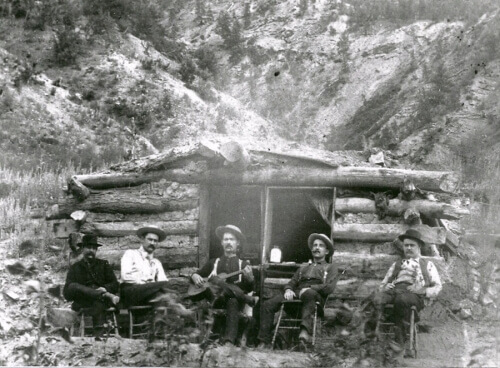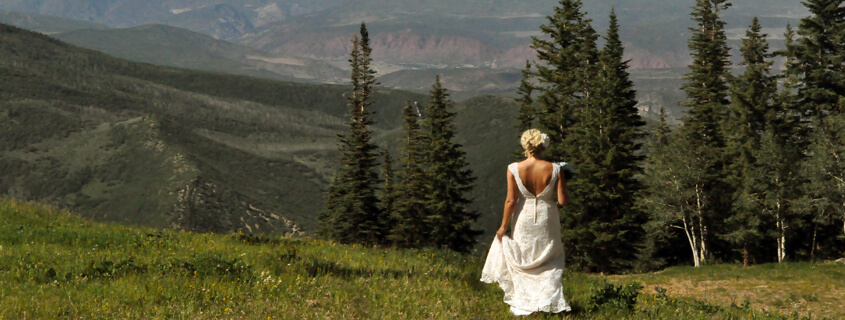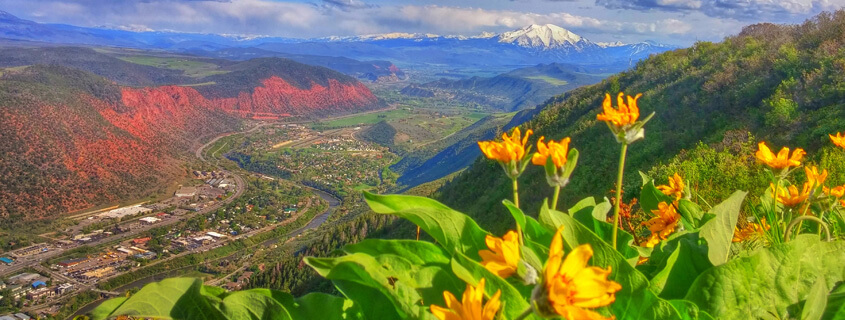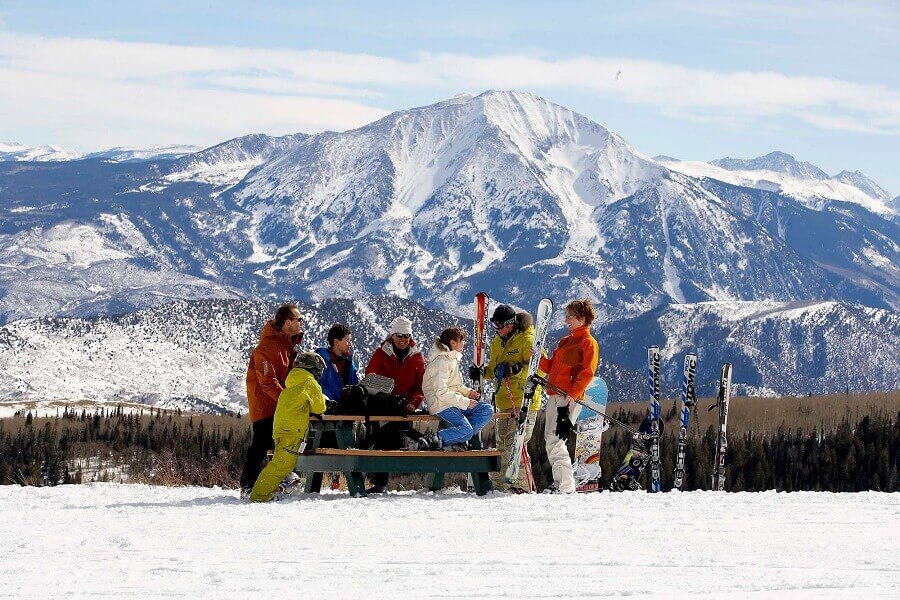Western history is replete with stories of defiance against the norms and laws of civilization. Glenwood Springs has its own story of defiance.
In the summer of 1878, prospectors and miners were leaving Leadville, Colorado, to find other sources of silver and gold. Three of these men, John Blake, W.M. Bell and “Frenchy” Cleiopfar, headed north out of Leadville crossed Tennessee Pass and entered the Eagle River headwaters.
They followed the river downstream through today’s towns of Red Cliff, and Minturn, Eagle and Gypsum to the confluence with the Grand River (now called the Colorado River) at Dotsero. The men then crossed the Grand and followed the still existent Ute Indian trail to the Flat Tops, spending time exploring but with the winter months approaching, returned to Leadville.
Bell, Blake and Cleiopfar came back to the Flat Tops in the spring of 1879. they continued looking for the next big strike along lands near the Ute trail occupied by the Ute Indians, whose right to the land was reserved by the 1868 treaty with the United States government. The intrepid prospectors illegally built a log fort a few miles east of Glenwood Springs on the north rim of Glenwood Canyon and named it Fort Defiance.
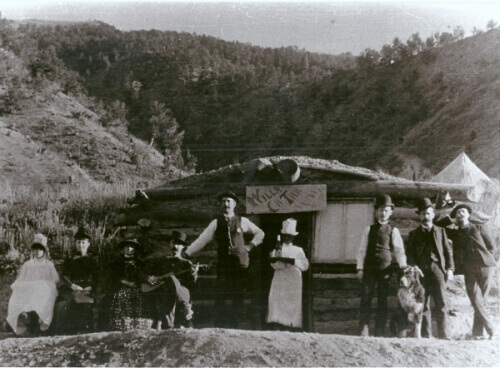
The name “Defiance” & Glenwood Springs
Some historians claim they chose the name to show they were not afraid of Indians and government treaties. Regardless, the truth is they were in defiance of the lawful 1868 treaty with their willful occupation.
Defiant themselves, the Ute Indians rebelled against unfair treatment and were removed from their treaty lands in 1879, opening a vast area for settlement.
John Blake’s remote Fort Defiance was never developed, but by using the original Fort Defiance claim, he established a new town at the confluence of the Grand and Roaring Fork Rivers.
Its name? Defiance.
Isaac Cooper renamed Defiance Glenwood Springs shortly thereafter.
Interested to learn more about Glenwood Spring’s history?
Visit the Frontier Historical Museum!


